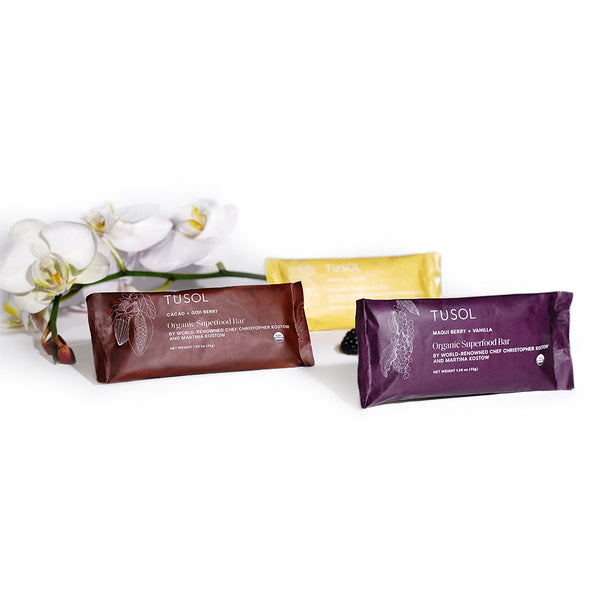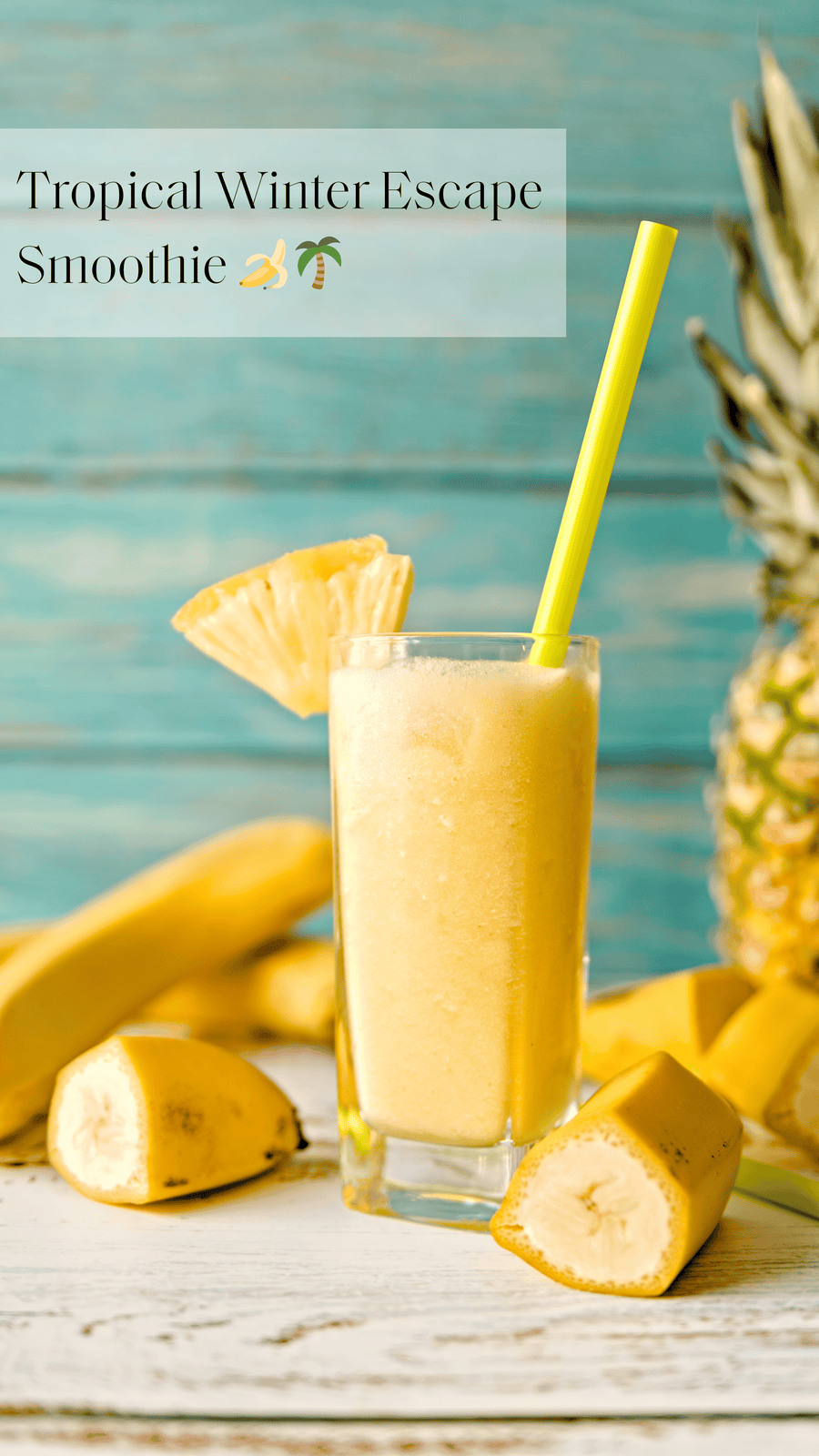How do artificial colors affect your health?
The highest consumers and the most affected are children. Artificial food coloring has recently been linked to ADD/ADHD. A study in "The Lancet" linked artificial food colorings, including Red 40, to hyperactivity. The study included 300 children who were given a drink with artificial colors and a preservative. Drinking the beverage resulted in increased hyperactivity in the children, which the researchers linked to the artificial coloring, the preservative, or both. Many over-the-counter supplements for children also contain high amounts of artificial food colorings. A good example for this is the popular electrolyte Pedialyte. This product has been marketed to parents as a "healthy mineral replacement for kids".What are artificial food colorings?
Most artificial food colorings are derived from petroleum, and other toxic compounds. The most popular are Red 40, Yellow 5, and Yellow 6, which you might recognize from the ingredient labels. These artificial colorings are made to mimic the colors that are found naturally in fruits and vegetables.So what are these colors?
Let's compare the bad with the good: The bad RED: Red 40, a petroleum-based substance, is the number-one food dye used in the US. A few studies have shown this chemical to adversely affect children with ADD/ADHD. Recent research indicates that artificial colorings and flavors, as well as the preservative sodium benzoate, can make some non-ADD/ADHD kids hyperactive. The good RED: Anthocyanin is the flavonoid that gives the red color to strawberries, cherries, the red skin of apples, and red vegetables like red pepper and beets. It’s an anti-inflammatory and an antioxidant. It also has anti-cancer properties. Petunidin is an antioxidant that lends its red/purple color to elderberries, strawberries, cherries, and grapes. It's benefits include antiviral, anti-cancer, and anti-inflammatory properties. It also prevents cardiovascular disease and neurodegenerative diseases. The bad YELLOW: Yellow 5 is made from the chemical tartrazine. Tartrazine has been shown to adversely affect the gastric mucosa in the gut lining of rats. It has been linked to a variety of IBS issues, including Crohn's disease and colitis. It has also been shown to cause hyperactivity in some children. A review by UCLA revealed that Red 40, Yellow 5, and Yellow 6, have all been contaminated with benzidine and other known carcinogens. The good YELLOW: Quercetin is the flavonoid that gives fruits and vegetables a yellow hue. You can find it in yellow foods, all types of berries, and certain vegetables, including asparagus, broccoli, and shallots. It is also present in some teas, including green tea. Quercetin is an amazing immunity booster, anti-inflammatory, and antioxidant. It is known for its powerful anti-cancer effects. This flavonoid has become a very popular supplement during the COVID pandemic because it has antiviral and antibacterial properties. It has the ability to reduce inflammation and it has been proven to prevent neurological diseases. The Bad BLUE: An animal study on Blue 2 found a statistically significant increase in brain tumors in the high-dose group compared to the control groups, but the researchers concluded there was insufficient evidence to determine whether Blue 2 caused the tumors. Blue 2 is also called indigo blue or indigotine. It is a synthetic version of indigo, a dye naturally produced from plants. Indigotine, on the other hand, is made from toxic petroleum. The Good BLUE: Delphinidins, responsible for the color in most berries, are abundant in maqui and açai berries. Because of its ability to regulate blood glucose, it is an anti-diabetic. It is also beneficial for weight loss and lowering bad cholesterol.Health is painted with the colors of polyphenols
REAL colors found in nature are polyphenol compounds that not only give fruits their color, but act as antioxidants to protect plants. Some are colorless, some are bitter, and some are flavorless. Some work in synergy with one another. For example, catechins enhance the color strength of anthocyanins in berries. These antioxidants are electron donors. They like to give electrons to other atoms in need of stability (free radicals) without becoming free radicals themselves. Because free radicals like to steal electrons, they scavenge your body to steal them, spreading like the rotten apple in a barrel. You want to stop the stealing from happening, which is how antioxidants come into the picture. The best way to eat is to eat naturally! Eat and drink the rainbow for optimal health and wellness!Notable super-colors that are worth mentioning
Catechin: colorless; found in higher amounts in chocolate, apricots, cherries, grapes, and green tea. Benefits: anti-cancer, anti-inflammatory, antiviral, antibacterial. Naringin: colorless; found in the skin of oranges, grapefruit, lemons, which makes the skins bitter, and oregano. Benefits: antioxidant, anti-cancer, cholesterol reducing. Studies have shown that naringin reduces LDL oxidation and can help to prevent hypercholesterolemia. . Petunidin: red/purple found in elderberries, strawberries, cherries, and grapes. Benefits: antiviral, anti-cancer, anti-inflammatory; prevents cardiovascular disease and neurodegenerative diseases.Drink the Rainbow with TUSOL smoothie mixes
The gut microbiota plays a crucial role in the absorption of these polyphenols, and is also highly impacted by the foods we consume. We've formulated the perfect superfood mixes to take care of all these. Each blend is rich in polyphenols, like delphinidin, quercetin, curcumin, and many more. Give your gut diversitty! These polyphenol compounds are packed with antioxidants and offer an array of health benefits. They are shown to improve and help treat digestive issues, assist with weight management, and reduce the risk of diabetes, neurodegenerative disease, and cardiovascular diseaseFurther Reading: How to Naturally Lower Inflammation with Superfoods














